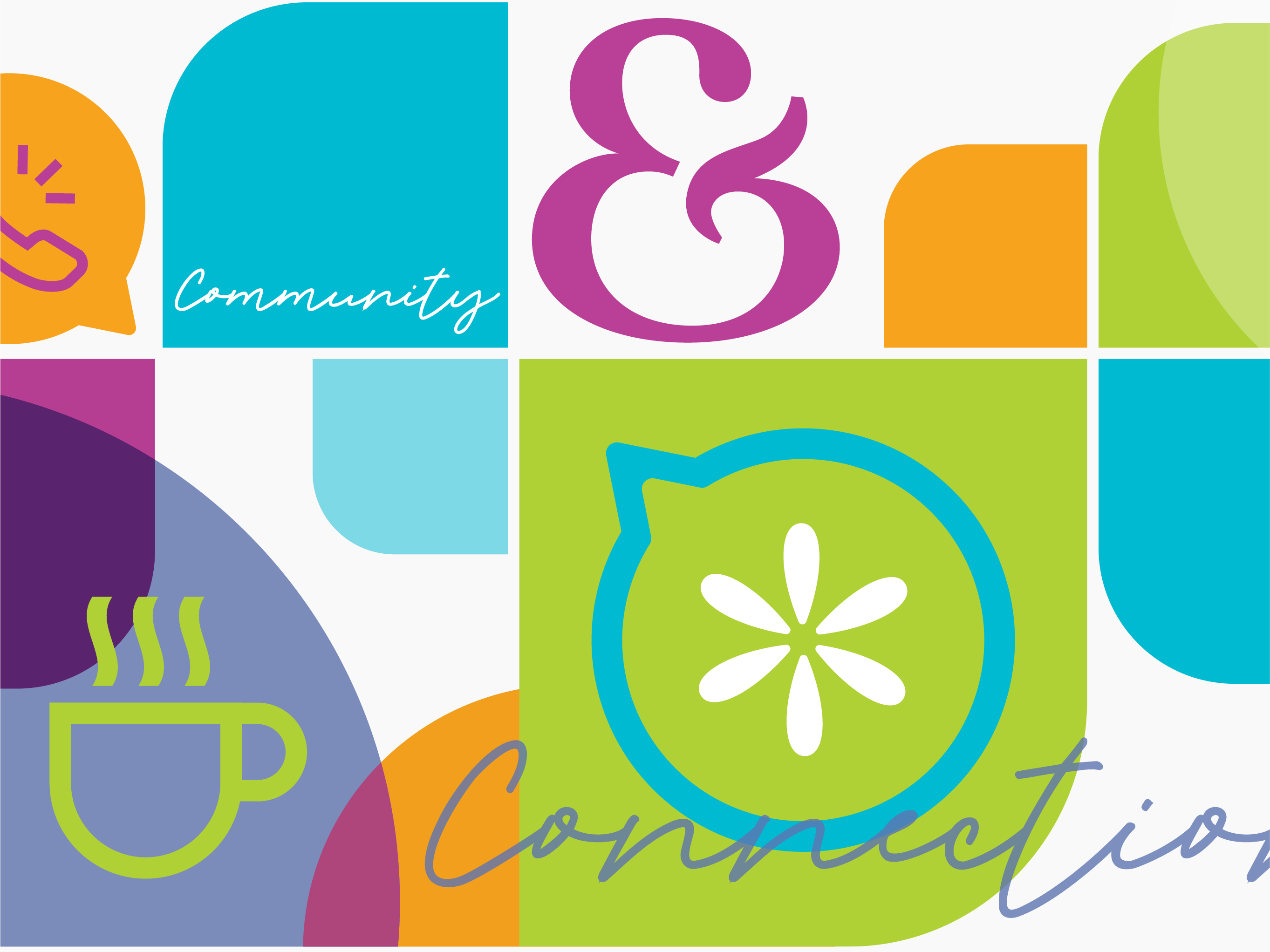Experience Design: It All Begins with Understanding Human Relationships
When you’ve been in the business of building brands as long as we have, trends ebb and flow, and management philosophies shift with each new disruptive book that is published. Then, you hear terms being used like UX, BX and CX. When we first heard “experience design” we thought: isn’t this what we’ve always been doing? We decided to look into the true meaning of the term “experience design” and uncover how closely it ties to human nature.
As designers and strategists, we have always been—and will always be—holistic thinkers. And we’ve always been about designing a complete experience, intentionally ensuring that every brand touchpoint works together to reinforce a common brand experience. We look at how all interactions work together (online, offline and face-to-face) to deliver the desired brand—and ultimately—customer experience. It isn’t something new for us. It’s a deeply held philosophy that drives how we work.
Over the years it has been referred to in different ways: integrated communications, brand experience, customer experience, user experience, experience design, etc. While each is a bit unique with respect to the lens through which the experience is viewed, it is all based on the same philosophy: establishing an emotionally satisfying experience for our customer or prospect. And to guide us, we always look to human psychology to better understand how to build great brands.
For us, we have long believed that brands need to be actively managed and nurtured just like any important relationship in our lives. At their core, brands are relationships between company or organization and customer, bought and sold by humans. And as humans, we all have certain basic needs that must be met in order for relationships to thrive.
According to Will Meek, PhD, and a contributing author to Psychology Today¹, there are 8 Keys to Healthy Relationships that must be in place for relationships to thrive. We believe these same principles apply to building and strengthening any brand. We’ve shared Meek’s 8 points below comparing his observations of healthy human relationships to those of healthy brands. To us, the similarities between healthy relationships and experience design are quite striking though not at all surprising:
- Taking Interest: Meek states it’s important to be, “Asking deeper questions about how [someone] experienced something rather than just what they did.” We need to ask why our customers think, feel or behave a certain way. Making assumptions is never a good idea in any relationship. Fortunately, many forms of research enable us to better understand the “why” behind user behaviors.
- Acceptance & Respect: This includes, “. . . honoring preferences, holding each other in a positive light, even when things aren’t perfect.” The same is true for brands. Chipotle is a great example of this. Even after its salmonella outbreak in 2015, its strongest customers remained loyal. Likewise, as it works to regain the customers it lost, market analysts see investments in “guest experience and digital efforts” in 2018 as key components in helping the brand to regain strength and grow.
- Positive regard affords latitude for, “honest mistakes due to the other person just being a good person” or the attribution of “positive character traits.” There are many examples of brands being forgiven if they, via their leadership, apologize when things go wrong and have a history of doing the right things for the right reasons. We’ve also seen the opposite—when brands are shown no mercy after poorly-handled negative incidents. Equifax, for example, earned the number one rating on the Wall Street Journal’s list of the “Most Hated Companies in America in 2018” due to its poor handling and lack of transparency upon discovering one of the largest data breaches of all time in 2017.
- Meeting basic needs “ . . . of companionship, affection and emotional support.” If we don’t enjoy engaging with a brand and feel good just being with it, there really is no basis for a relationship. An example of this would be any of our favorite brands that make us feel good just being in, on or around them: Apple, Nike, Target, IKEA, Starbucks and BMW are just a few of the many that come to mind. Loyalty is strong because of the deeply held connections we have with these brands. Conversely, brands like Sears, Blackberry and Oldsmobile didn’t provide this and are either struggling or history.
- Positive Interactions: Without positive interactions, any relationship is tenuous at best. Meek shares that, “. . . while some relationships have a number of negative interactions, if the number of positive interactions are a lot higher, satisfaction will remain high.” But, unlike human relationships, we would argue that there is a limit to the number of negative interactions a brand can sustain before even its strongest supporters defect.
- Solve Problems: Meek states that, “highly functioning couples will actively compromise and find solutions to recurring problems.” If a person or (for purposes of our discussion) a brand can solve a problem for a customer, a stronger bond will naturally develop.
- Rupture & Repair: When things go wrong in relationships, as they sometimes do, this means recognizing the break in the relationship and addressing it in a timely manner. According to Meek, “People in the healthiest relationships are able to quickly and effectively repair damage to their relationships.” He goes on to say that, “A good repair usually starts with an apology.” As in human relationships, brands need to recognize when a problem has occurred and issue a sincere apology. The Domino’s comeback strategy is a great example of this; they owned up to selling a poor product as part of their relaunch campaign. What’s important is that not only did they refresh their identity to signal a new, improved Domino’s, but they greatly improved the quality of their product.
- Reciprocity: Both parties in a relationship need to be invested. It can’t be one-sided or the relationship won’t survive.
It’s easy to see the similarities between human relationships and brand relationships. This is why being intentional about the experience your customer or prospect has with your brand is so important. It’s not just about the latest technology that’s sweeping the world or what social media platform is trending. To keep up with those factors, we will always have to adapt how we communicate, but the essence of who we are shouldn’t change while we’re adapting.
For any relationship to thrive, whether it be as a friend or a customer, we must trust. And trust requires consistency, authenticity, honesty and transparency. If we keep the basics of healthy human relationships in mind when building brands, we can’t go wrong. Relationships are easy, right? Happy brand-building.
References
1 Psychology Today, 8 Keys to Healthy Relationships: What does a healthy relationship look like? This., Will Meek Ph.D., Posted Oct 28, 2013


